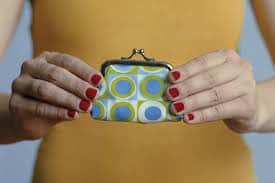I have been enamored recently by the titles some people assign to their giving levels. You know, the categories that go on an annual giving wall or an event invitation that organize the donors into tiers based on the amount of their support.
The most traditional titles include words like Benefactor, Patron, Platinum-Gold-Silver-Bronze Sponsor, Director’s- Curator’s- Maestro’s Circle, Champion, Leader, Advocate, Friend, and Supporter.
But some are not so traditional.
- For a conservation-oriented event: Mighty Oaks, Maples, Hemlocks, and Seedlings. (That seems like quite a jump at the end, but…not my event.)
- For a canine adoption center: Great Pyrenees, Labrador, Collie, Corgi, and Bolognese
- For an outdoor cocktail party at a nature center: Treehouse, Trailhead, Dogwood, and Fig Leaf (again, quite a leap at the bottom level, but funny)
- For a school capital campaign: Headmaster’s Society, Edvocates, Heads of Class, Teacher’s Pets, Tutors
- For a youth baseball program: MVP, Champ, Golden Glove, and Home Run
Picking unique giving level titles can be entertaining, but you do have to consider your audience. Be sure that the fun doesn’t go so far such that you patronize your donors. (Does anyone really want to be a Fig Leaf or a Seedling?) The lowest levels should still be respectable; after all these donors are giving to your organization.
Also, consider if your titles are reflective of your mission. The dog breed names at the adoption center are cute, but if most dogs placed are mixed breeds, then is the organization sending the wrong message? I worked with a museum once which featured art from a particular American region, but who used famous French painters (van Gogh, Cezanne, Matisse) as event giving levels. Perhaps no one noticed, but it was a bit of a miss from a mission perspective.
Have fun, plan your event, and keep those emails coming. Love to hear more of your giving level stories.



